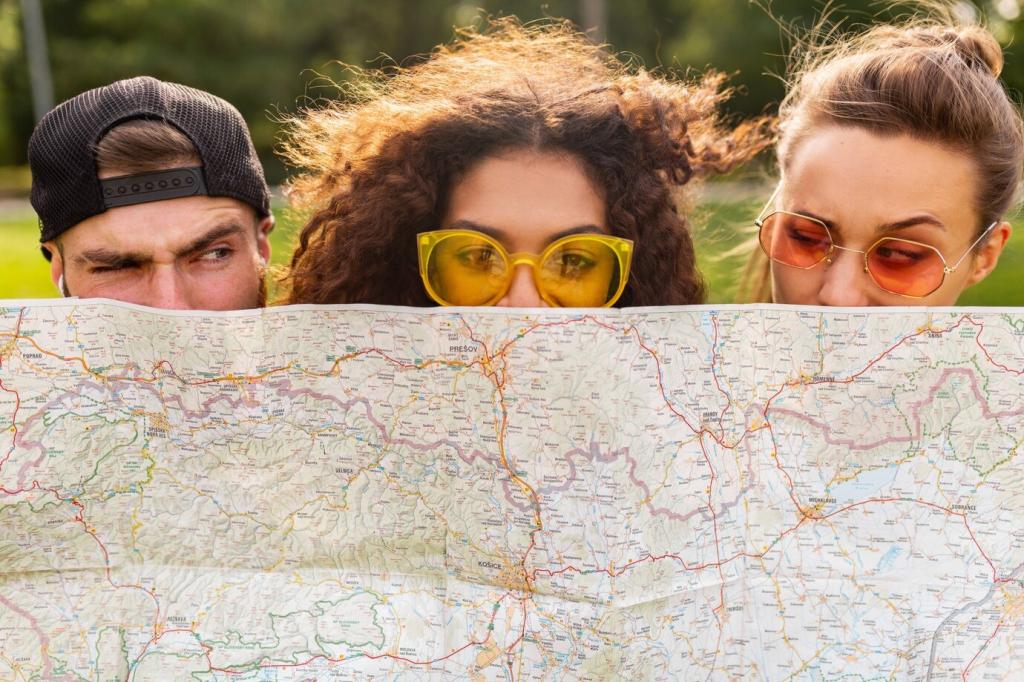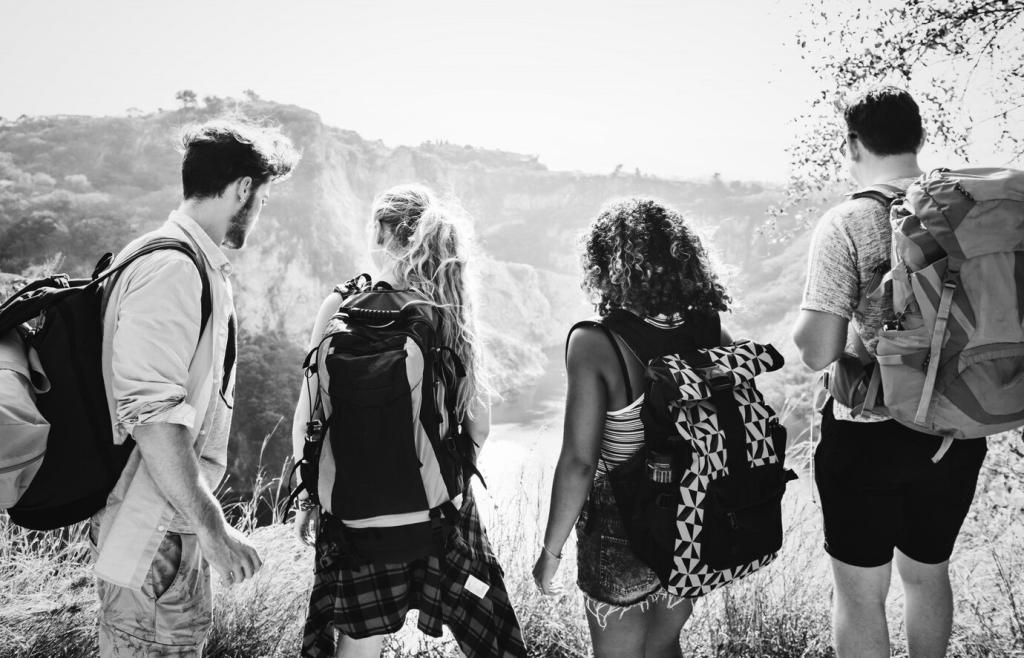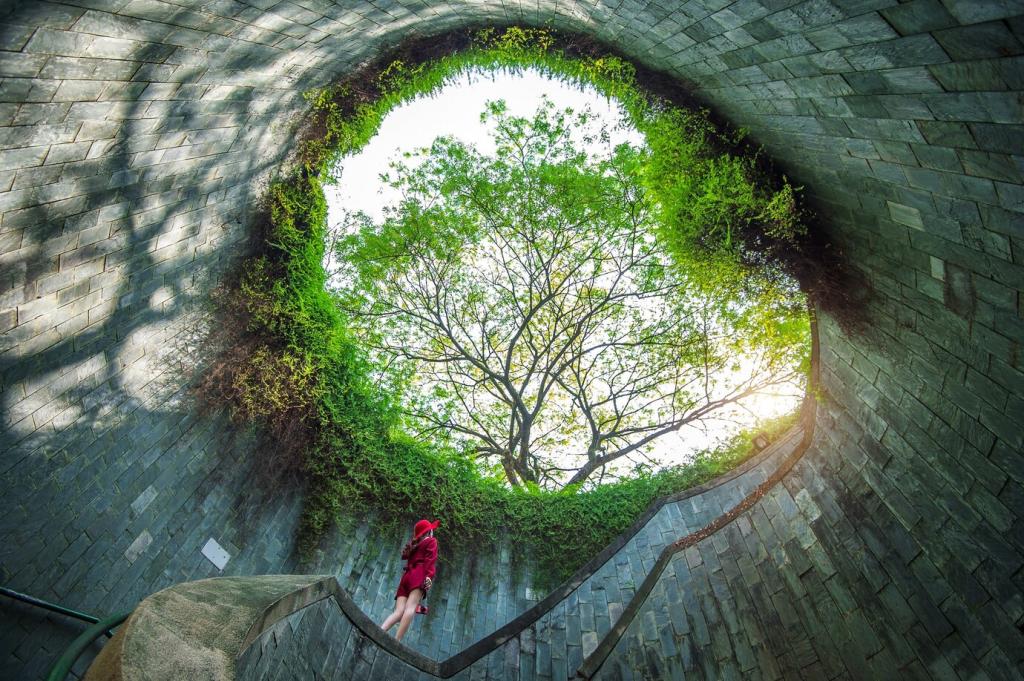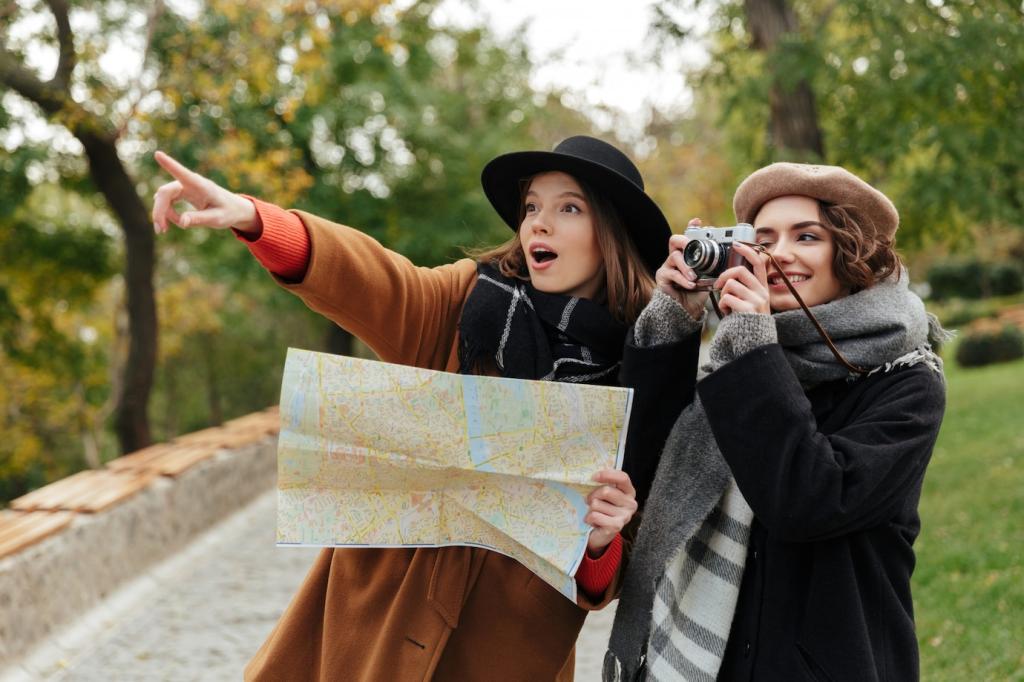
Cityscape Photography Techniques for Walkers
Chosen theme: Cityscape Photography Techniques for Walkers. Lace up, travel light, and discover how every block, corner, and crosswalk can reveal an epic skyline moment. Subscribe and share your favorite walking routes so we can explore them together.

Pack Light, Shoot Smart
A compact 35mm or a small 24–70mm keeps you agile while walking. You’ll frame sweeping avenues, intimate facades, and quick street layers without constant lens swaps, letting your feet handle the fine-tuning.
Composing on the Move
Hunt for tram tracks, curb edges, and repeating windows. Let these lines converge at a subject, guiding the viewer’s eye deeper into your image while preserving the rhythm of the city’s geometry.

Harnessing Urban Light and Weather
Golden Hour Sidewalks
Low sun skims across façades, igniting textures and casting long, theatrical shadows. Walk on the shadowed side to capture raking light across the street, preserving detail while avoiding blown highlights.
Blue Hour Glow
When the sky deepens cobalt, city lights balance perfectly. Handhold at slower shutter speeds using stabilization, and expose for the highlights so signage and windows shimmer without clipping.
Rain as a Creative Partner
Carry a tiny microfiber and embrace puddles for mirror-like reflections. Neon bounces off wet asphalt, turning everyday intersections into impressionistic canvases bursting with color and motion.


Mastering Motion Without a Tripod
Use image stabilization and support against a wall to shoot around 1/8 to 1/4 second. Let tail lights paint lines while static architecture remains sharp enough to anchor the scene.
Mastering Motion Without a Tripod
As a cyclist or tram passes, match its speed with a smooth pan. Start moving before the subject enters frame, then click mid-swing for streaking backgrounds and a surprisingly sharp subject.
Street Safety, Access, and Respect
01
Stay Visible and Predictable
Keep to the curb, avoid sudden stops in narrow walkways, and maintain situational awareness. A reflective strap and small bag reduce attention while keeping essentials safe and quickly accessible.
02
Privacy and Politeness
Architecture is your subject, but people give scale. If someone notices you, a smile or nod helps. Respect requests not to be photographed, and avoid sensitive areas like schools or secure entrances.
03
Know the Rules
Public sidewalks are generally fair game, but some plazas, transit hubs, and rooftops restrict photography. Look for posted signs and ask staff when unsure to prevent cut-short walks and awkward confrontations.
Motif-Driven Series
Choose a thread like fire escapes, reflective bus shelters, or rooftop water towers. Collect variations as you walk, building a cohesive set that feels intentional yet organically discovered.
Map Light, Not Just Streets
Plan paths that cross east–west and north–south to catch different sun angles. Mark shaded canyons, glass corridors, and open squares so your sequence breathes with contrast and texture.

Mobile-Friendly Edits
Use gentle contrast, recover highlights, and nudge white balance warmer at dusk. Perspective correction can straighten leaning towers while preserving the lively tilt that conveys urban immediacy.
Color Cohesion
Pick a palette—cool blues with copper highlights or muted concrete with saturated signage—and apply slight variations across the set. Consistency turns scattered moments into a recognizable voice.
Tag, Track, Share
Add geotags and short captions noting weather, time, and corner names. Create a shared map of photo spots and invite readers to contribute their own pins for next week’s walking challenge.
